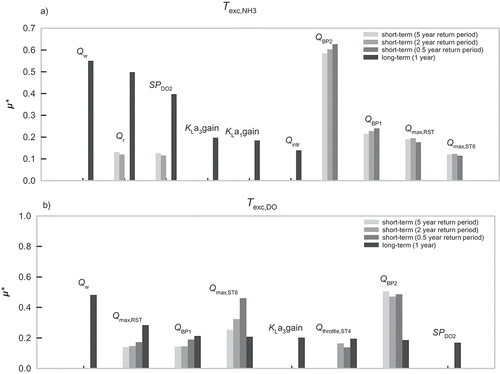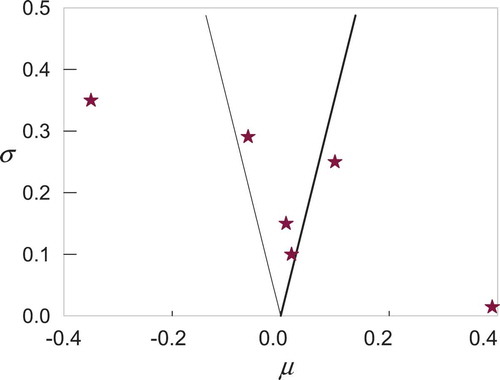Figures & data
Figure 1. BSM-UWS layout identifying different control strategies (in orange) used for the GSA study (modified from Saagi et al. (Citation2017)). Note that the diagram for the valve after the rainwater storage tank (just before the primary clarifier) represents two valves (throttle valve for the storage tank and the bypass valve) and DO control includes three control handles (SPDO2, KLa1gain, KLa3gain).
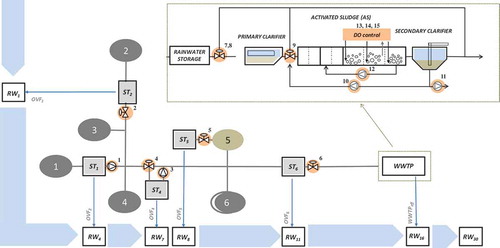
Table 1. Catchment characteristics and sewer storage volumes for the BSM-UWS layout.
Table 2. List of input factors (control handles) for the GSA study.
Figure 2. Influential control handles for sewer and WWTP performance criteria (1-year evaluation period) – Vovf (a), OQI (b), EQI (c) and OCI (d). Sewer control handles in blue and WWTP control handles in green.

Figure 3. Influential control handles for river water quality using 1-year evaluation period in terms of Texc,NH3 (a) and Texc,DO (b). Sewer control handles in blue and WWTP control handles in green.
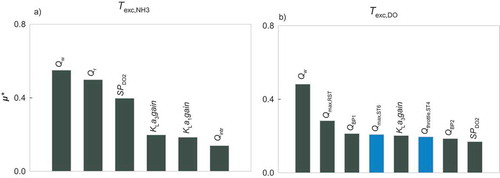
Figure 4. Comparison of GSA results for sewer performance criteria (Vovf (a) and OQI (b)). The µ* values from three different 15-days evaluation are compared with 1-year evaluation.
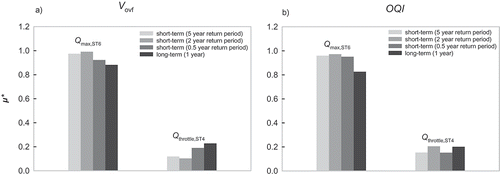
Figure 5. The GSA results for WWTP performance (EQI (a) and OCI (b)) from 1-year evaluation compared with those from three 15-days simulations.
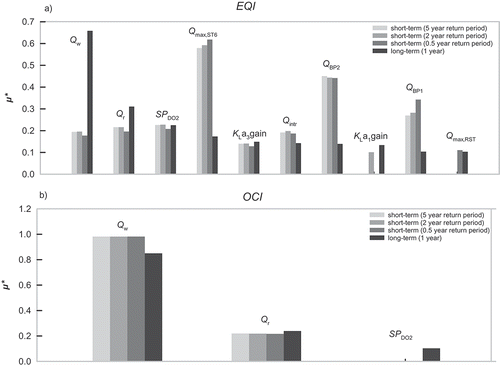
Table A1. Weights used for the calculation of criteria OQI, EQI and OCI.
Figure A2. Rainfall data for the three different return periods (0.5 year (a), 2 years (b) and 5 years (c)).

Table A2. Complete list of sensitivity indices for all the input factors using 1-year evaluation period. Influential control handles in bold text.
Table A3. Complete list of sensitivity indices for all the input factors using a 5-year return period rainfall event. Influential control handles in bold text.
Table A4. Complete list of sensitivity indices for all the input factors using a 2-year return period rainfall event. Influential control handles in bold text.
Table A5. Complete list of sensitivity indices for all the input factors using a 0.5-year return period rainfall event. Influential control handles in bold text.

